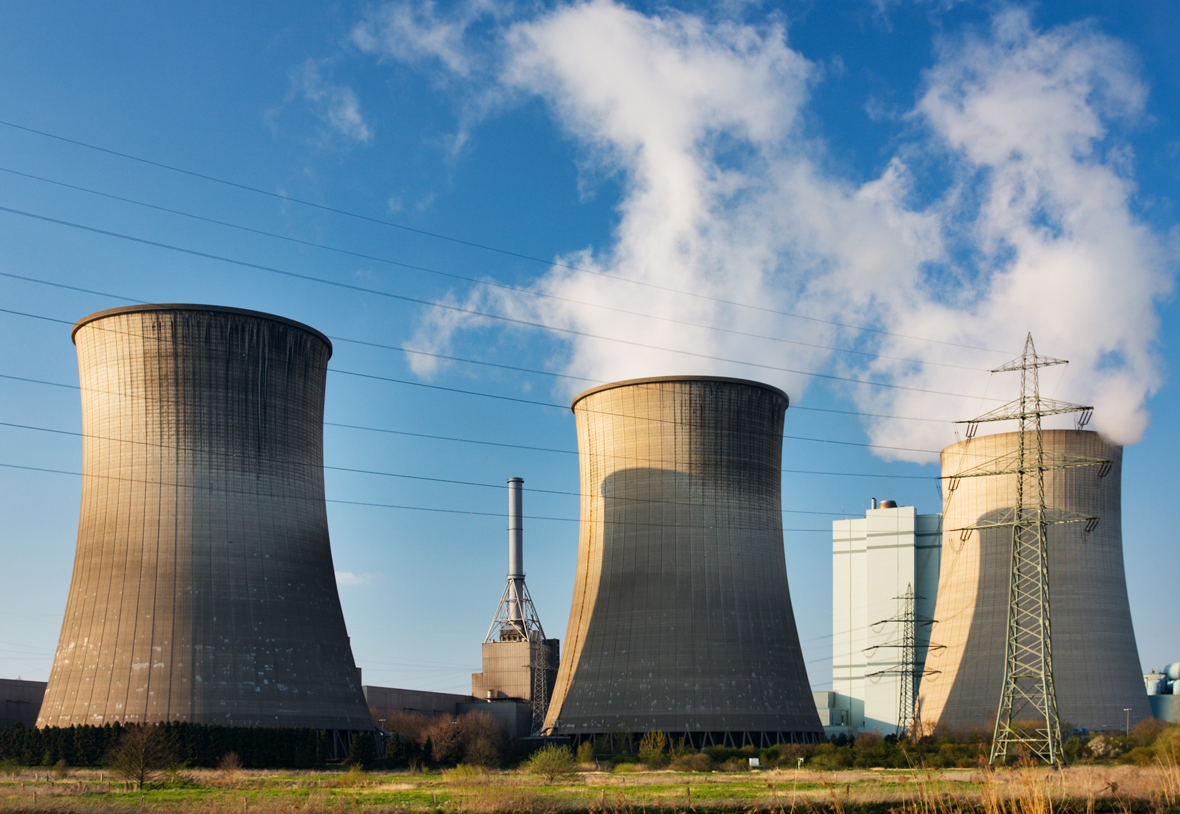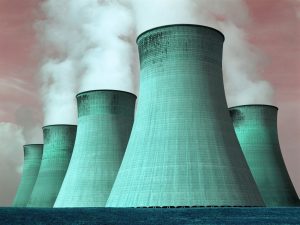Cooling towers are heat-rejecting devices commonly used in the industrial industry. Most towers rely on evaporation as a means to remove process heat, but there are several different cooling tower models on the market today. All of these models operate with the same goal, yet differing processes, depending on the area. If you are searching online for “types of cooling tower” or “cooling tower types,” then this post will help!
Cooling Tower Types
Here is a short list of common cooling tower versions:
- Crossflow cooling towers
- Counterflow cooling towers
- Factory assembled cooling towers
- Forced draft cooling towers
- Induced draft cooling towers
Crossflow Cooling Towers
A crossflow cooling tower, because of its design, makes the hot process water flow down the fill media due to the force of gravity. This occurs while the air blows horizontally across the falling water, which cools it down. The air flow, of course, is the reason why it is named crossflow. In these towers, water requires only gravity for downward flow since there is no other force going against its direction. Hot water basins are placed above the fills, allowing for the water to be evenly distributed.
Counterflow Cooling Towers
In counterflow cooling towers, the hot process water flows downward on the fill media to continue its flow down to drain onto the cold water basin. In this model, though, the air will enter the tower in a lower section, compared to the crossflow towers. The air will flow upward, passing through the water flowing the fill, resulting in a cooling down phase. The pressurized pipes and nozzles are also placed further apart than in crossflow models, as to not restrict airflow to the tower.
Factory Assembled Cooling Towers
These towers are used for HVAC and industrial applications in situations where a high cooling efficiency is not needed and limited space is available. Easy transportation and installation are the two biggest benefits of factory assembled versions. Factory assembled cooling towers are very popular models because they can be custom made to fit your industrial area’s exact specifications.
Forced Draft Cooling Towers
Most industrial plants enjoy the benefits of using forced draft cooling towers. These models are extremely powerful, yet economical at the same time. Forced drafts remove low-potential heat generated within the production process. A counterflow of air and hot water in the cooling fill will result in a transfer of heat. These are ideal towers for the chemical and paper industries.
Induced Draft Cooling Towers
An induced draft tower features a fan at the top of the tower which pulls the air upward. The fan then induces the hot, moist air out of the discharge. The end result is a powerful exiting air velocity, reducing possible recirculation within the tower. These models will prevent any discharged air to flow back into the air intake point.
How Much Do Cooling Towers Cost?
On average, a cooling tower replacement costs $125,000. Typical replacement costs will range between $50,000–$200,000. Regardless if it is a crossflow or forced draft cooling tower, this is the typical cost for a new or replaced cooling tower model.
Other cooling towers costs include:
- Circulation water system: $50,000–$300,00.
- Feeder water system: $50,000–$250,000.
- Blowdown system: $30,000.
Read more about cooling tower costs right here.
Universal Tower Parts In Phoenix, AZ
Universal Tower Parts provides stainless steel and galvanized options, welded and gasketed, direct, gear reducer and belt drive units, with efficient Jedair fans, and Jedair low noise fans. Strainers, fan guards and louvers are well constructed, and designed to operate efficiently as they perform their function. Cool Core drift eliminators and fill are made by Universal Tower Parts expressly for our towers.






